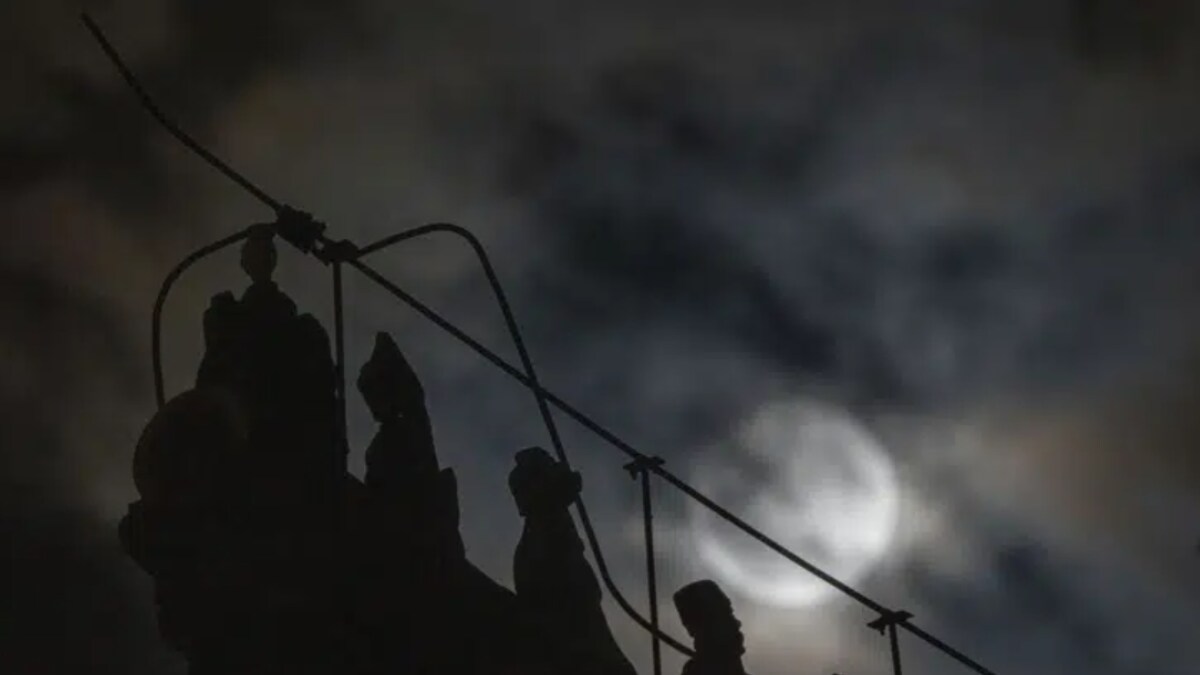Last Updated: May 06, 2023, 09:45 IST
The eclipse was visible from beginning to end, weather permitting, as far west as Saudi Arabia and Africa’s western coast. (Credits: AP)
The four-hour eclipse got underway late Friday or early Saturday, depending on the location, as the moon slipped into the fringes of Earth’s shadow.
Stargazers in Asia and Australia had the best seats for the year’s first lunar eclipse. The four-hour eclipse got underway late Friday or early Saturday, depending on the location, as the moon slipped into the fringes of Earth’s shadow. In what’s known as a penumbral lunar eclipse, the full moon passed within the outer part of Earth’s shadow, causing the moon to dim only slightly. Such an eclipse isn’t as dramatic as a partial lunar eclipse or a total lunar eclipse when the moon, Earth and sun are perfectly aligned.
The eclipse was visible from beginning to end, weather permitting, as far west as Saudi Arabia and Africa’s western coast, as far east as Japan and New Zealand’s South Island, and from the South Pole to Siberia. Almost all of Europe also got in on some of the action.
The Virtual Telescope Project showed a livestream of the moon rising over the countryside in Tuscany, Italy.
“Even subtle astronomical events like this one make me excited and happy to share them,” astrophysicist Gianluca Masi, the project’s founder, said in an email.
The next lunar eclipse in October will put on a better display.
The eastern portions of both Americas will get to see at least part of a partial lunar eclipse, when some but not all of the moon passes through the Earth’s dark, central shadow. Asia, Africa and Europe will be treated to the whole show.
Read all the Latest Buzz News here
(This story has not been edited by News18 staff and is published from a syndicated news agency feed – Associated Press)


